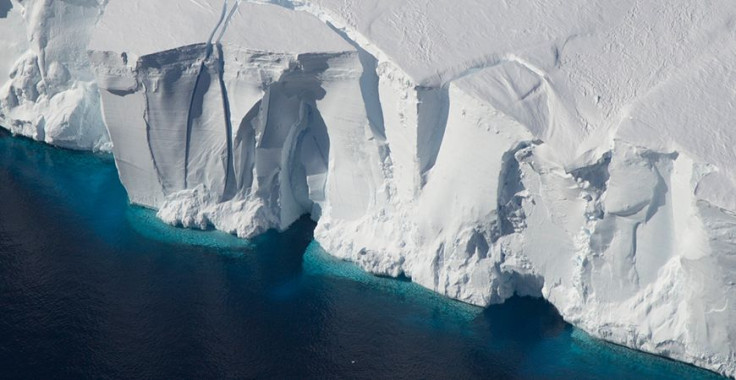Antarctic Ice Shelves Affected Greatly By Strong El Niño, Study Finds

Warmer waters flowing to Antarctica from the Pacific Ocean as a consequence of El Niño cause a lot more melting of Antarctic ice shelves than fresh snow accumulated by those shelves as a result of the same weather phenomenon, a study found. Funded by NASA and the NASA Earth and Space Science Fellowship, the study shed light on how ice shelves in the icy continent react to global oceanic and atmospheric conditions.
El Niño is one of the two phases of the El Niño/Southern Oscillation (ENSO) phenomenon, the other being La Niña. The former is associated with warmer than average temperatures in the tropical parts of the Pacific Ocean, while the latter exhibits cooler than average temperatures in the same region. Since the area affected by (ENSO) is large, it has repercussions elsewhere in the world too, and very clearly so in Antarctica, on the side closer to the Pacific.
Led by Fernando Paolo, now a postdoctoral scholar at NASA’s Jet Propulsion Laboratory but a PhD student at Scripps Institution of Oceanography at the University of California San Diego at the time of the study, the researchers found a strong El Niño caused “ice shelves in the Amundsen Sea sector of West Antarctica to gain mass at the surface and melt from below at the same time, losing up to five times more ice from basal melting than they gain from increased snowfall.”
The researchers used satellite data on the height of the ice shelves to arrive at their conclusion, after looking at observations taken over 23 years, from 1994 to 2017. The data showed both the flow of warmer waters toward Antarctica, as well as higher snowfall — especially over the Amundsen Sea sector — as a result of El Niño.
“The satellites measure the height of the ice shelves, not the mass, and what we saw at first is that during strong El Niños the height of the ice shelves actually increased. I was expecting to see an overall reduction in height as a consequence of mass loss, but it turns out that height increases,” Paolo said in a statement Monday, adding: “We found out that the ocean ends up winning in terms of mass. Changes in mass, rather than height, control how the ice shelves and associated glaciers flow into the ocean.”
Over the 23 years whose data was analyzed by researchers, ice shelves in the Amundsen Sea sector gained more height from snowfall than the loss suffered due to melting underwater as warm water flowed under them. But since the light snow contains lesser water than solid ice, given the difference in their densities, it was found that total mass loss was five times the snowpack gain.
Since ice shelves are already floating, their melting doesn’t cause any change to global sea levels. But ice shelves hold back the flow of ice from glaciers, which are on land. It is the addition of ice from land to the sea that causes the sea level to rise.
The study, titled “Response of Pacific-sector Antarctic ice shelves to the El Niño/Southern Oscillation,” appeared Monday in the journal Nature Geoscience.
Another recent study found that weight of the increasing amount of water in the oceans is causing the seafloor to sink in some places in the world.
© Copyright IBTimes 2025. All rights reserved.





















